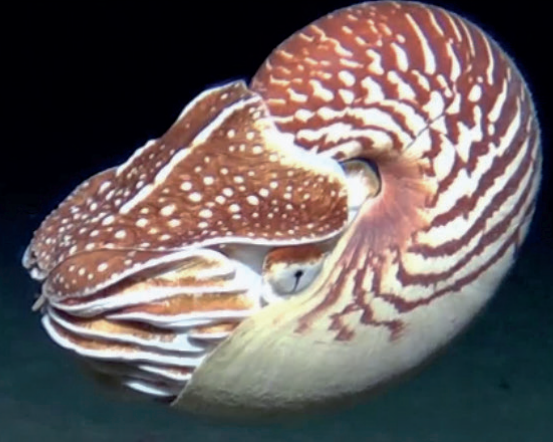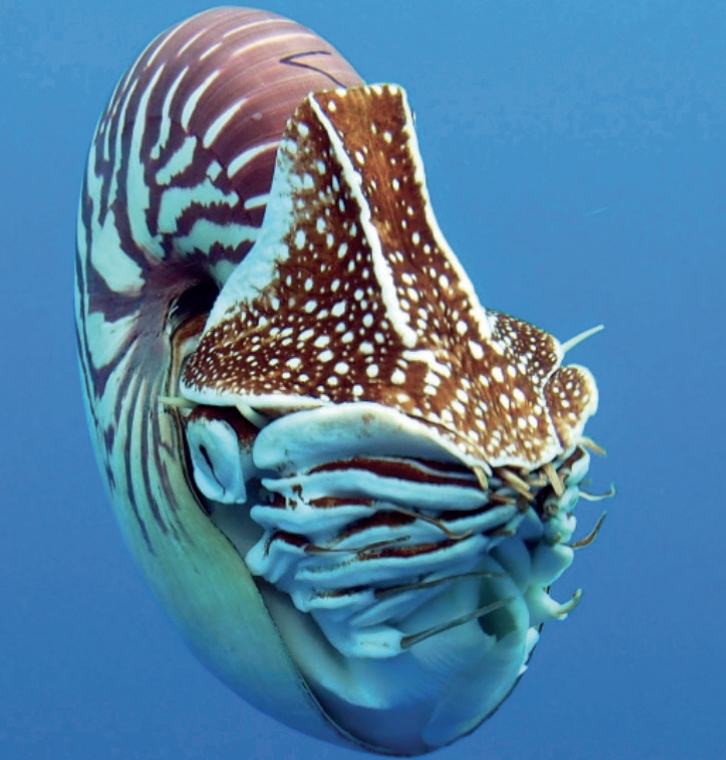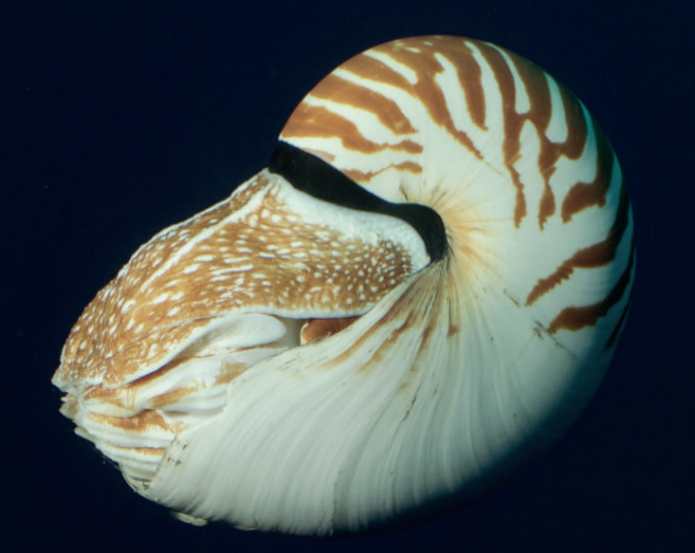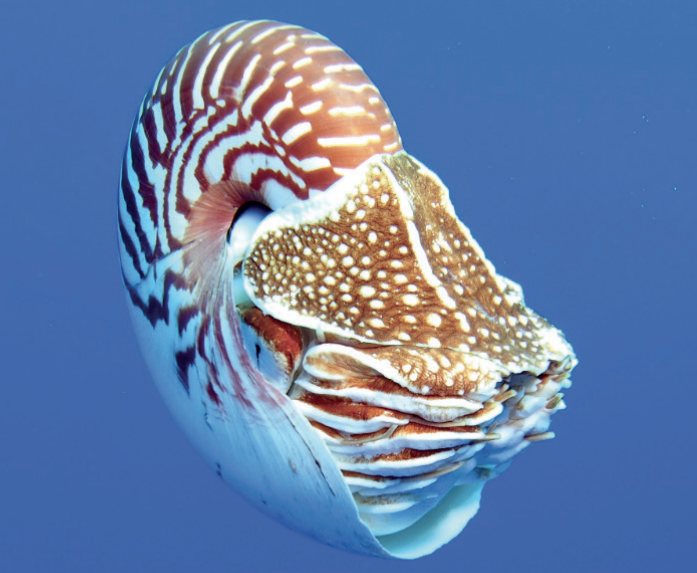Three new species of Nautilus have been described in the journal ZooKeys. Nautilus samoaensis, Nautilus vitiensis and Nautilus vanuatuensis join N. pompilius, macromphalus, and stenomphalus in a genus that was first described by Carl Linnaeus in 1758. Nautilus belauensis was erected in 1981 by Saunders, although it is not currently supported by phylogenetic studies, according to this latest peer-reviewed research article.

The three new species come from American Samoa, Fiji, and Vanuatu, and, as with many new findings, traditional morphology was accompanied by modern genetic studies. Think Nautilus and you probably conjure up images of alien-like creatures from the deep oceans, but the three new species may have speciated because of the deep water that separates them acting as a biogeographical barrier.

The new species come from large island groups but are separated by at least 200km of water over 800 meters in depth. The authors inform us that Nautilid shells implode at depths greater than 800 m so over time they either couldn’t or wouldn’t cross those waters and interbreed, becoming genetically distinct species. This new species information does raise conservation concerns, however, as the newly recognized endemic species now all require separate conservation management in their own right.

Conservation status
All nautiluses (family Nautilidae) are regulated under Appendix II of the Convention on International Trade in Endangered Species (CITES). No species of Nautilus or Allonautilus has been formally assessed by the International Union for Conservation of Nature Red List so far. Nautiluses can be traced back 500 million years in the fossil record.
Citation
For more information see Gregory J. Barord et al. / ZooKeys 1143: 51–69 (2023)



